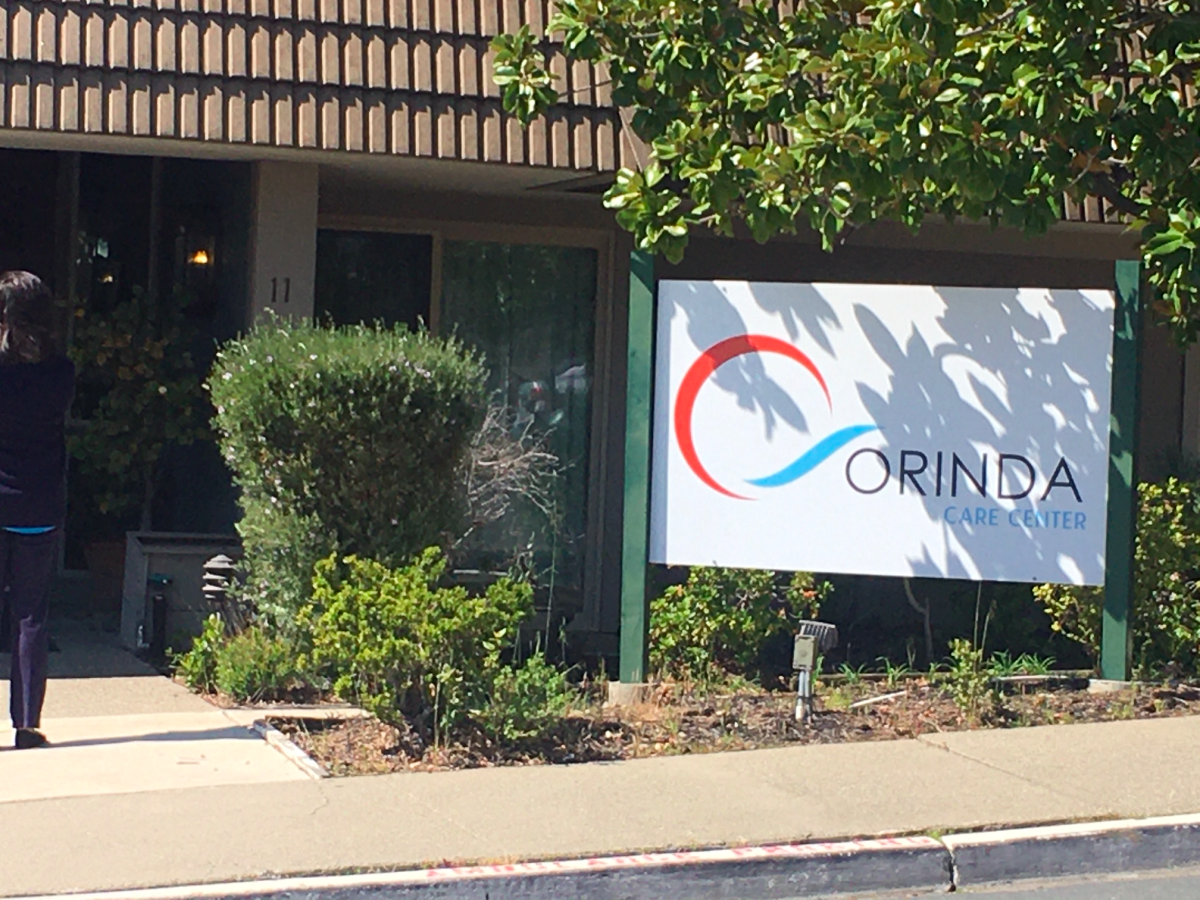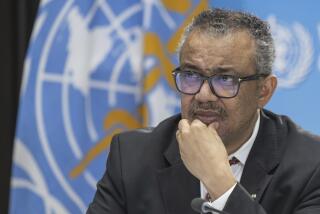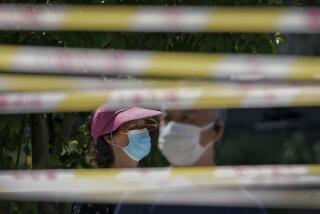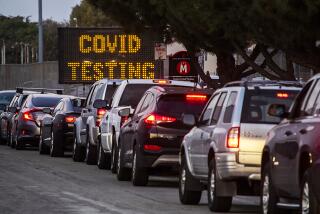World Health Organization deems COVID-19, the disease caused by the coronavirus, a ‘pandemic’

- Share via
WASHINGTON — The World Health Organization on Wednesday deemed the outbreak of COVID-19 a “pandemic.”
“WHO has been assessing this outbreak around the clock and we are deeply concerned both by the alarming levels of spread and severity, and by the alarming levels of inaction,” said WHO Director-General Tedros Adhanom Ghebreyesus.
“It is a word that, if misused, can cause unreasonable fear, or unjustified acceptance that the fight is over, leading to unnecessary suffering and death,” he said, “and that it does not change the “assessment of the threat posed by this coronavirus” and it “doesn’t change what WHO is doing, and it doesn’t change what countries should do.”
The WHO has not declared an international pandemic since 2009 after the outbreak of the then-novel H1N1 virus. Tedros said this is the first time a coronavirus has ever caused a pandemic. Coronaviruses typically cause the common cold, but deadly viruses SARS and MERS were also coronaviruses. Tedros emphasized that countries can still take aggressive steps to beat back the spread of the virus.
“Even those countries with community transmission or larger clusters can turn the tide on this virus,” he said.
Health experts and officials are still trying to grapple with this new coronavirus, which originated at a wildlife market in China’s Hubei province. It has rattled industries and stock markets worldwide and infected more than 121,000 and killed at least 4,373, largely the elderly with underlying health conditions.
The U.N. agency in late February increased the risk assessment from “high” to “very high.”
Since then, the number of cases outside China has soared. In Italy, more than 10,000 cases have surfaced and 600 have died. The European nation remains on lockdown and expects to see more confirmed cases. On Wednesday morning, German Chancellor Angela Merkel said as much as 70% of Germany’s population was likely to become infected. She recommended cancellation of large events. In the United States, more than 1,000 cases have been confirmed, with Washington state, New York and California seeing the largest clusters.
As testing expands, the number of cases is likely to grow. Experts surmise that, as of March 1, about 1,000 to 10,000 people nationwide were already unknowingly infected.
Gov. Gavin Newsom said Tuesday that California had at least 157 confirmed cases of COVID-19 and thousands might have come into contact with the virus.
In California, Santa Clara County remains the largest outbreak, with at least 45 confirmed cases. Los Angeles County has at least 17 cases, the second highest of any county.
On Tuesday, the Los Angeles Board of Education declared a state of emergency, giving Supt. Austin Beutner the authority to close schools if necessary.
In the Bay Area, the Archdiocese of San Francisco shuttered all 90 of its schools in Marin, San Francisco and San Mateo counties until March 25. The Elk Grove Unified district, the largest in Northern California, closed schools for the entire week after an elementary school student was diagnosed with the virus.
Colleges and universities nationwide have resorted to having classes online. And many, including Princeton and Harvard, encouraged students to leave campus altogether to prevent an outbreak.
Events such as Coachella, South by Southwest and the Los Angeles Times Festival of Books have been canceled or postponed.
Fear that the outbreak will increase has rattled markets. Wednesday morning, stocks fell from the opening of trading in New York, including a 3% drop for the S&P 500. The Federal Reserve early this week lowered interest rates to quell market volatility and stimulate the economy.
Washington lawmakers last week showed a rare show of swift bipartisanship, allocating $8.3 billion in funding, the bulk of which goes to the Department of Health and Human Services to help with vaccine research and supporting state and local government response.
President Trump’s proposed payroll tax cut to address the economic fallout received mixed reviews from Senate Republicans who debated if it was the best approach while Democrats complained the proposal did not offer financial support for sick or quarantined workers who may miss paychecks or currently receive no sick pay.







